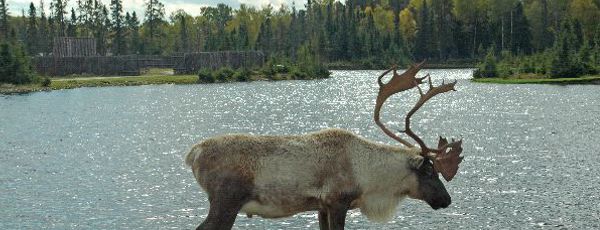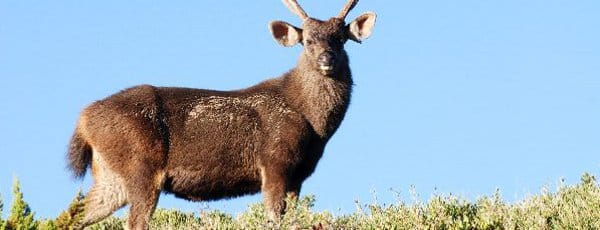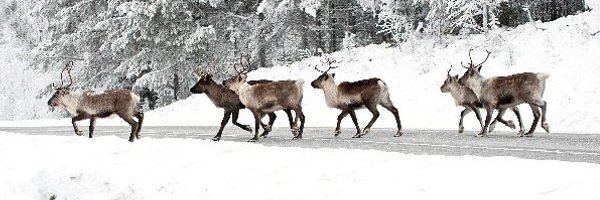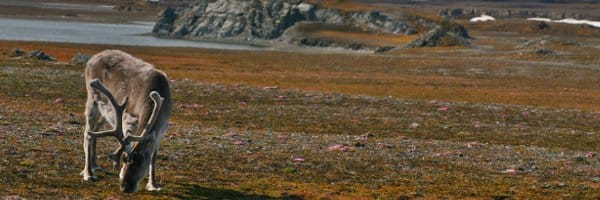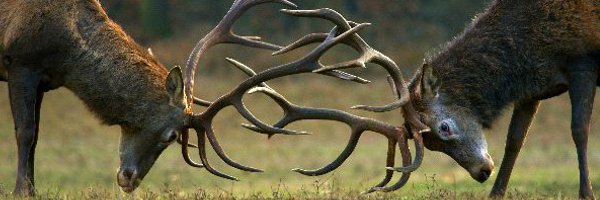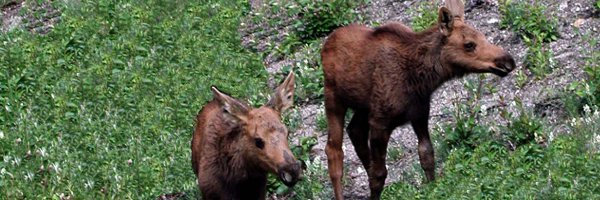Deer Home Range
Deer have a very wide distribution out there and that is part of why so many people are familiar with them. You will find deer living in Canada and throughout the United States. They don’t live in Antarctica though. What you will find out there in all of these other areas are specific species of deer. Australia is one of the rare places where you won’t find any species of deer either. I guess the kangaroos have all that area to themselves!
Deer can live in a variety of different types of environments which is why they have such a diverse distribution factor. They can live in the swamps, woods, grasslands, plains, and even in the mountain terrain. The overall size of these deer will also be strongly influenced by their distribution areas. Some species are very small and others weigh hundreds of pounds.
Some areas are heavily populated and that allows for more hunting to be going on there. You will find certain states including Colorado and Wyoming are prime hunting territory for deer. Those that live in state have first priority and pay a lower cost for hunting tags there. Out of state tags can be very expensive but many avid hunters are more than willing to pay the cost for such a wonderful experience.
The largest known distribution area for deer is along the Rocky Mountains. Yet all five of the North American species of deer – mule deer, elk, white tailed deer, caribou, and moose can be found in the area of the Columbia Mountain Range. This is located between Alberta and British Columbia.
California seems to be another area where there are deer everywhere you look. What is common there is for them to be seen in the driveways of businesses and eating on the front lawns of residential areas. No, they haven’t come in to invade the areas where people are residing. Instead, the problem is that humans continue to move deeper and deeper into the distribution areas for them.
Another concern is that when food supplies are plentiful deer tend to populate quickly. Hunting isn’t legal in many of these distribution areas. As a result the deer have to spread out more to find their own territory. They also have to find their own area where they can find enough food. They are stepping on each other’s toes and so the outer perimeter of their area continues to move forward as well.
Finding that balance though where deer and humans can both have their needs met is very hard. You see as a deer gets used to finding food in a location they will continue to want to do so. They aren’t easily deterred by any means. When they find access to a nice golf course for example they will continue going there to eat the rich grass.
A huge problem for any area where deer are distributed has to do with the fact that they are at a high risk for creating Lyme Disease. According to experts, this is the fastest growing epidemic out there other than AIDS. It seems that the more deer live in a given area the higher the risk of Lyme Disease becomes. This is a medical condition that humans can get from deer ticks.
You may not know it but in some distribution areas the deer have been known to continually get very ill. This is due to various types of parasites and roundworms that happen to live in those areas. Experts continue to monitor the areas where these types of problems have been noted. The goal is to make sure that they don’t spread to other habitats out there.

